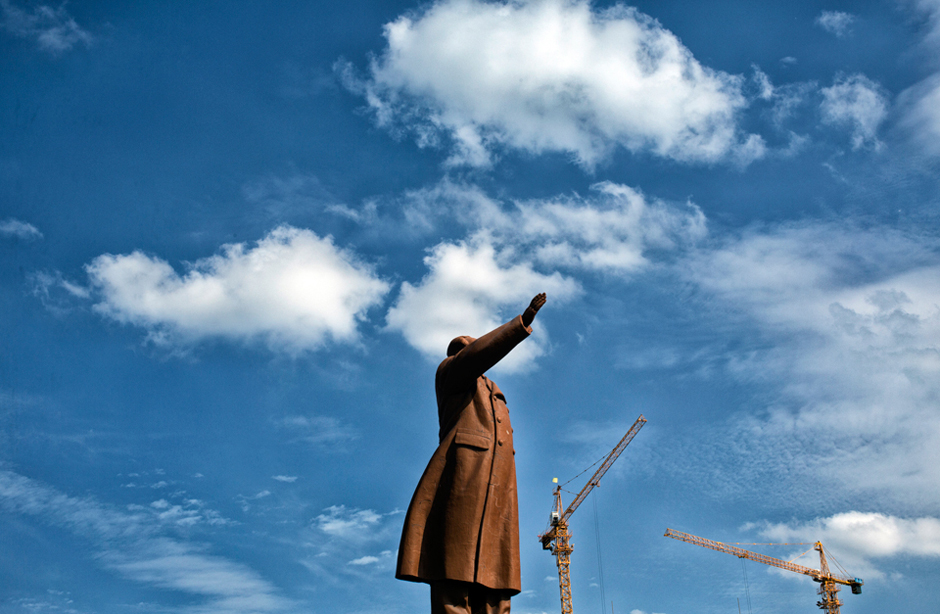Where to, China?
The windows of buses and taxis going by Tiananmen Square have been taped shut. The paramilitary police stand at attention at all major traffic intersections—even near the old alleyway where I live some five kilometers away. Those are sure signs that political season is well underway here in Beijing.
The Chinese Communist Party’s 18th national congress, which began here on November 8, ushers in a once-a-decade leadership transition. Shortly after the end of the weeklong—largely closed-door—meetings, China will have a new set of leaders.
But at this juncture in China’s history, with rising social tensions and a slowdown in its phenomenal economic growth, where exactly is the world’s second-most-powerful nation headed?
Will Mao show the way? Those on the Left would like to hark back to Maoist times, but have been hit hard by the sudden dismissal of their flag-bearer politician Bo Xilai this year, in the largest political scandal the country has suffered in decades. Marxist-Leninist thought has all but disappeared from policy vocabulary. Outgoing Chinese president Hu Jintao called, in his final work report, for “scientific development”—his contribution to the Chinese Communist Party lexicon—but what does that mean for much-needed reforms in China? Most observers do not see him as a reformer. The question now is whether president-to-be Xi Jinping will be. And no one really knows.
There is little doubt that China’s economy will continue to rocket forward. It will remain a giant site still under construction, where locals joke that the crane is the new national bird.
For now, this giant statue of Mao—one of China’s largest, at Zhongshan Square in the heart of Shenyang city, northeast China—seems to point that way.
- Sim Chi Yin, Beijing




